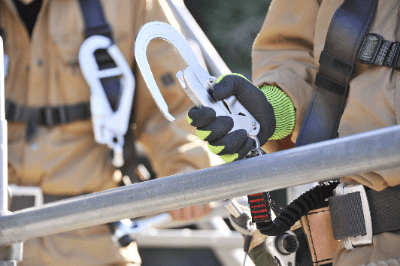What Are Safety Belts?

Safety belts, also referred to as body supports, are essential tools designed to prevent falls when working at heights. This change aims to enhance safety awareness.
These devices are crucial for improving occupational health and safety by minimizing accident risks and promoting a safer work environment. Regular inspection and maintenance are vital to ensure their effectiveness and safety.
Uses of Safety Belts
Body supports are employed across various settings to safeguard workers by preventing falls and injuries.
1. Construction
Used on construction sites for working at heights, especially where scaffolding or platforms are absent, ensuring worker safety during building erection, scaffold assembly, and maintenance tasks.
2. Aircraft Maintenance
Maintenance crews utilize these devices to ensure safety while performing high-elevation tasks on aircraft, such as engine maintenance and airframe inspections.
3. Electrical and Telecommunications
Essential for maintenance work on tall structures like wind turbines, power transmission towers, and communication towers, preventing falling accidents.
4. Forestry
Critical for tree felling at heights and securing workers on slopes or cliffs during forest and mountain road maintenance to prevent slips and falls.
Principle of Safety Belts
Fall arrest devices connect workers to a secure point, preventing falls. These devices include belts and straps for hip and leg support, properly fitting the worker’s body to distribute the load evenly. Modern devices also feature cushioning materials and shock absorbers to mitigate fall impact, reducing internal injury risks.
Types of Safety Belts
Fall arrest devices are categorized into body belt and full harness types, each designed for specific height applications and providing different levels of body support:
1. Body Belt
Consists of a waist belt with an attached lanyard for connection to a rope or structure, suitable for heights up to 6.75 m due to potential risks of abdominal pressure or slipping through the harness.
2. Full Body Harness
Covers the entire body with adjustable straps and buckles, supporting the entire body and equipped with multiple lanyards for secure movement at heights above 6.75 m, reducing abdominal compression risks.